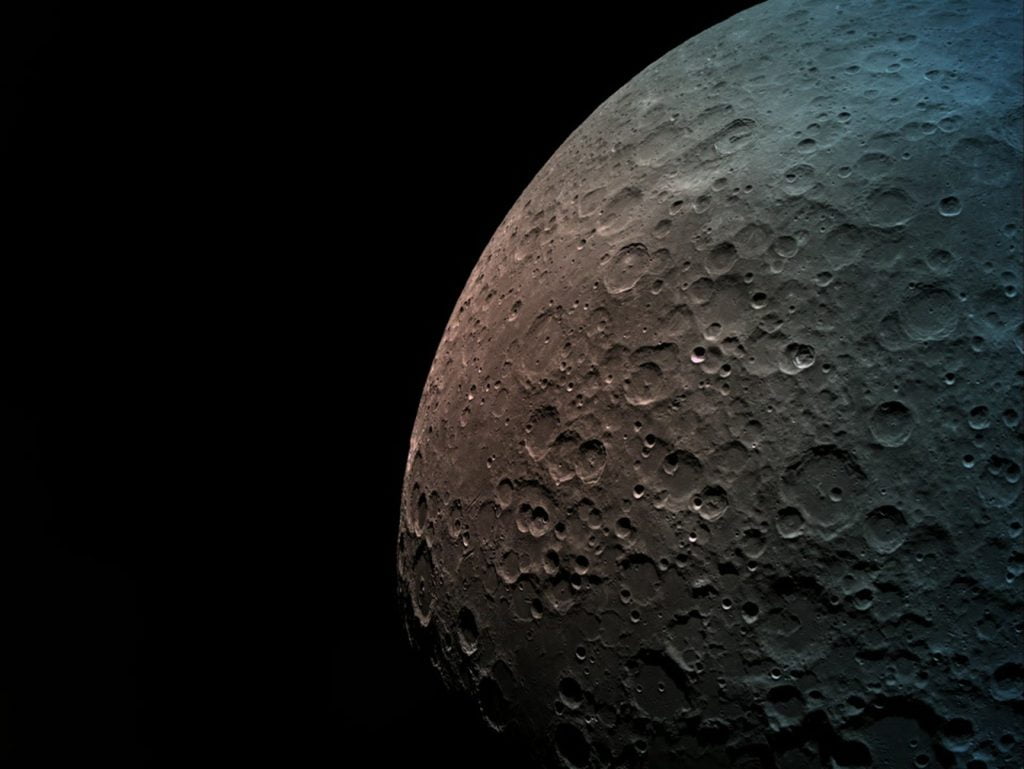An Israeli researcher has come up with a feasible strategy to produce solar energy on the Moon for future residents.
He was invited to present the plan to NASA, which has been considering nuclear power instead.
It involves installing photovoltaic (PV) panels around a 360 degree latitudinal ring close to a lunar pole. The solar energy would be transmitted to operating plants on the Moon that will produce oxygen needed for a future lunar colony.
Until now, it has been a challenge to determine how solar energy could be produced on the Moon for humans, partly because the Moon spends half of its rotation in the dark, away from the sun.
This solution was developed by Prof Jeffrey Gordon of the Department of Solar Energy and Environmental Physics at Ben-Gurion University.
He took into account the absence of a lunar atmosphere, the Moon’s near-zero tilt and smaller diameter than that of the Earth, and the likely lunar conditions that would allow for the installation of inexpensive transmission lines on the Moon.
“My solution has a specific mass far below all alternatives so far, namely, record low kg/kW, a key figure of merit for affordable and feasible lunar installations, with launch and installation costs currently exceeding $1,000,000/kg,” said Prof Gordon.
“Our new strategy is more than a factor of 100 better than solar with battery storage. It is also at least a factor of 6 superior to the solution now being contemplated by NASA of nuclear reactors driving conventional turbines and generators.
“I was invited to present my findings at NASA’s headquarters for solar power in space in August at the Glenn Research Center in Cleveland, Ohio.
“NASA scientists expressed a preparedness to rethink the plan to power lunar colonies with nuclear energy instead of solar energy.”
His idea was published earlier this year in the journal Renewable Energy.
Related posts

Israeli AI Safety Tool Among TIME’S Best Inventions For 2024

TAU Team Discovers Mechanism To Eliminate Cancerous Tumors

Ashdod Port Investing In Startups As Part Of Innovation Strategy




Facebook comments